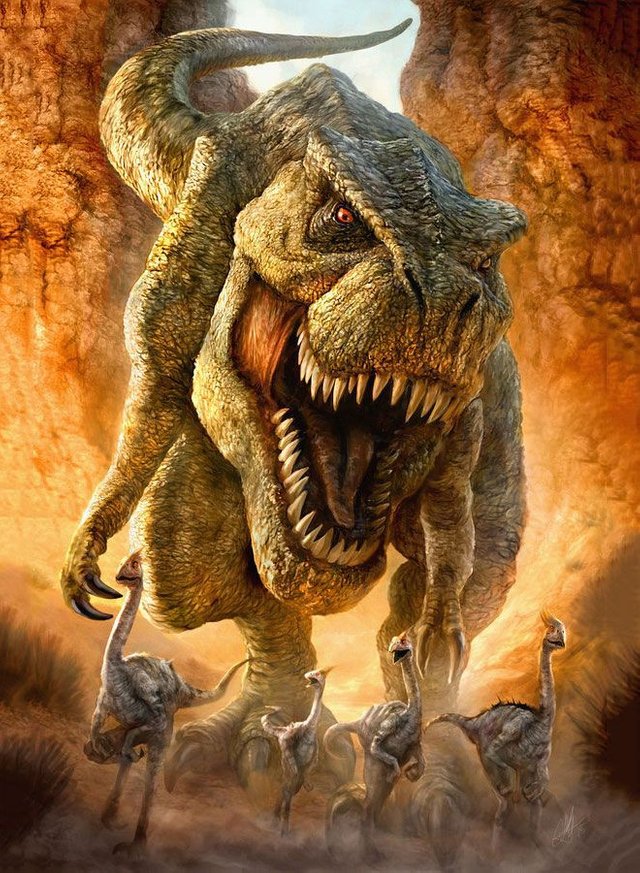The team came across a sauropod dinosaur nest consisting of 10 eggs including the abnormal dinosaur egg
*The new findings also highlight that central India holds great potential for dinosaur fossils which may offer important information on its oospecies diversity, nesting behaviour
*In a unique discovery, an 'egg-in-egg' dinosaur egg was found in Madhya Pradesh during a field trip by the Delhi University research team. It is probably the first-of-kind find in fossil history. The new findings also highlight that central and western India holds great potential for dinosaur fossils which may offer important information on dinosaur oospecies diversity, nesting behaviour etc.
Why is it a rare find in fossil history?
*The discovery is a "rare and important find" as no ‘ovum-in-ovo’ egg was found in reptiles until now, the study that was published in the journal Scientific Reports pointed out and also said, “this could provide important insights into whether dinosaurs had reproductive biology similar to that of turtles and lizards, or crocodiles and birds etc."
The Upper Cretaceous Lameta Formation, an area that spreads over 5,000 km in West and Central India, is known for discovery of dinosaur fossils. The authors documented a large number of titanosaurid sauropod nests near Padlya village close to Bagh town. The researchers came across one ‘abnormal egg’.
The team came across a sauropod dinosaur nest consisting of 10 eggs including the abnormal egg. “Two continuous and circular eggshell layers separated by a wide gap reminiscent of ovum-in-ovo (one egg inside another egg) pathology of birds," their statement mentioned.
The microstructure of the pathological egg as well as that of an adjacent egg in the same nest identified it with that of titanosaurid sauropod dinosaurs.
Until this find, no egg-in-egg abnormal fossil egg was found in dinosaurs and for that matter in other reptiles like turtles, lizards, and crocodiles, it said.
What do the new findings indicate?
Several studies have earlier pointed out dinosaurs had a reproductive function similar to that of turtles and other reptiles, in contrast to the segmented reproductive tract of crocodiles and birds. However, “The finding of ovum-in-ovo egg from a titanosaurid nest opens up the possibility that sauropod dinosaurs had an oviduct morphology similar to those of crocodiles or birds and they may have adapted to a mode of egg-laying characteristic of birds," said DU researcher Dr Harsha Dhiman,
